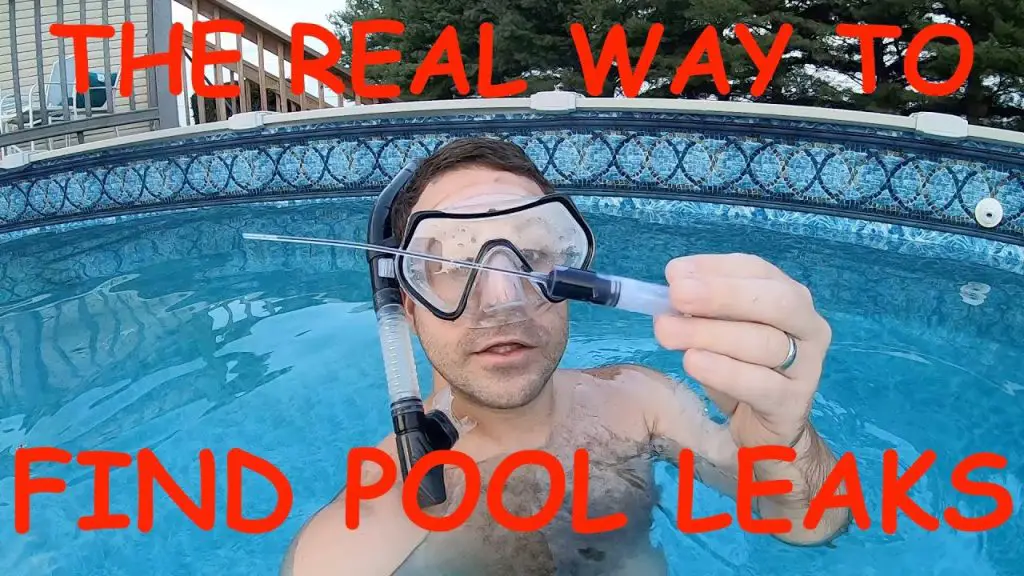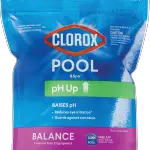Having a leak in your pool can be frustrating. Not only can it lead to a loss of water, but it can also result in damage to your pool and surrounding areas. Detecting a leak early on is crucial to prevent further issues and costly repairs. In this article, we will discuss several effective methods to find a leak in a pool.

Credit: www.wikihow.com
1. Perform a Visual Inspection
Start by performing a visual inspection around your pool area. Look for any visible cracks, gaps, or damaged areas in and around the pool. Check for water loss around skimmers, return jets, and other pool equipment. It’s important to inspect the pool shell, deck, plumbing, and equipment for any signs of leakage.
2. Conduct a Bucket Test
A bucket test is an easy way to determine if your pool is losing water due to evaporation or a leak. Follow these steps:
- Fill a bucket with water and place it on the pool step or seat.
- Mark the water level inside the bucket, as well as the level of the pool water.
- Wait 24 hours and compare the two water levels.
- If the pool water level has dropped more than the bucket water level, you likely have a leak.
3. Use Food Coloring
Add a few drops of food coloring to the pool water near suspected leak points, such as skimmers, return jets, or cracks. Observe the area closely and see if the color gets drawn into these spaces. If there is movement, it indicates a leak in that particular area.
4. Employ the Dye Test
If you suspect a plumbing leak, this simple dye test can help identify the location.
- Turn off the pool pump to ensure no water is flowing.
- Add a dye tablet or a few drops of dye to the skimmer basket.
- Wait for about 30 minutes, making sure to leave the pool undisturbed.
- Inspect the pool water. If the dye has been pulled or dispersed away from the skimmer, there might be a leak in the plumbing system.
5. Perform a Pressure Test
A pressure test is best carried out by a professional, but you can do a simple test yourself. Start by turning off all pool equipment and close the main drain, skimmer, and return lines. Connect a pressure testing device to an open port and pump air or water into the plumbing lines. Observe if the pressure drops rapidly. If it does, there might be a leak in that section of the plumbing.

Credit: m.youtube.com
Conclusion
Detecting and fixing a leak in your pool is crucial to prevent further damage and water loss. By following these methods, you can identify the source of the leak and take appropriate action. Remember, if you are unsure or unable to locate the leak on your own, it is recommended to seek professional help to avoid any further complications.





